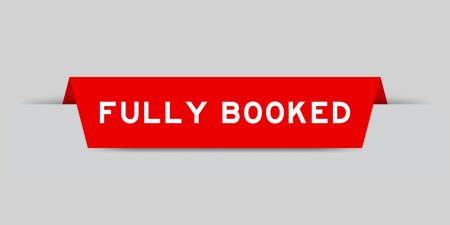CEO of AllenComm, since 2003, shares insights on how to optimize the functionality of internal L&D teams. With continued pressures on organizational L&D departments, there is a new imperative to refresh our approach to staffing and structure teams with the right mix of internal and temporary staffing solutions.
The most efficient L&D teams consist of three primary components: the core team, flexible resources, and vendor partners/outsourced teams. The core team consists of full-time experts who provide base capacity and handle day-to-day contingencies. Flexible resources can be accessed part-time or with limited contracts to expand the core team, while vendor partners and outsourced teams offer additional choices for projects and tasks.
The goal is to invest time and budget in a way that allows the team to manage change proactively. L&D leaders should strike the right balance between the core team, flexible resources, and vendors based on the specific needs of their organization and industry. The structure can vary depending on factors such as industry predictability and agility requirements.
To optimize internal team structure, L&D leaders should use the three functions as a planning tool. Core team members serve as internal ambassadors to business units and play a crucial role in project intake and alignment. Flexible L&D staffing can benefit team capacity and enable the core team to focus on innovation, while vendor partnerships can provide scalability, innovation, and new impact into programs.
Strategic resourcing of the learning function often involves a combination of internal resources, suppliers, and independent learning talent. This strategy allows for flexibility to respond to surges in demand and access necessary expertise. L&D teams should consider factors such as integration with the core team, onboarding efforts, and efficiencies when working with flexible L&D staffing options. Working with vendors can be beneficial when the L&D team and stakeholders are aligned and can drive new impact.













